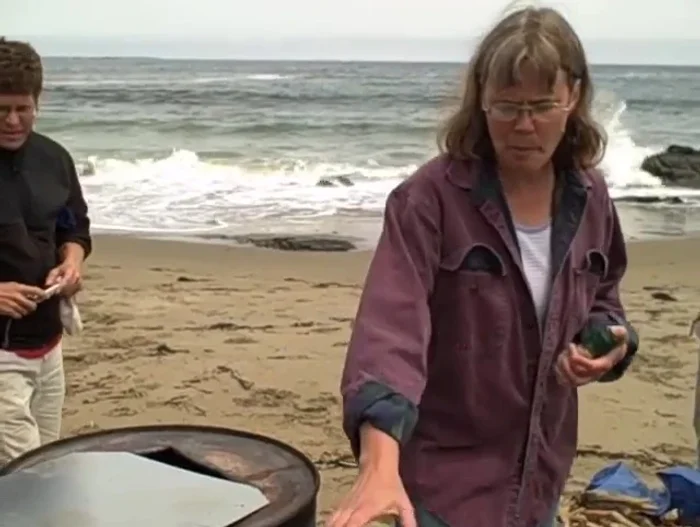Charcoal, a time-tested fuel source, continues to hold its place in various applications, from cooking to industrial processes. However, traditional charcoal production methods are often inefficient, wasteful, and environmentally damaging. This necessitates exploring more sustainable and efficient approaches to charcoal briquette making, a process that not only reduces waste but also creates a more consistent and longer-lasting fuel. The benefits extend beyond improved fuel quality, encompassing economic advantages for producers and a reduced environmental footprint.
This comprehensive guide delves into the art of crafting high-quality charcoal briquettes, offering a practical and detailed step-by-step process that minimizes waste and maximizes efficiency. Let's embark on a journey towards mastering this essential skill, learning how to transform readily available biomass into a superior, environmentally friendly fuel source. We will cover everything from material selection and preparation to the final stages of briquette formation and curing.
Safety Guidelines
- Charcoal production involves high temperatures and flammable materials. Always work in a well-ventilated area, away from any flammable structures or materials. Keep a fire extinguisher nearby.
- Wear appropriate safety gear, including gloves, eye protection, and a dust mask to protect yourself from inhaling harmful fumes and dust. Proper clothing that covers exposed skin is also essential.
- Never leave the charcoal production process unattended. Monitor the fire closely and be prepared to take immediate action in case of unexpected events such as fire spreading or equipment malfunction.
Methods: High-Efficiency Charcoal Production Method
Tools Needed
- Drum
- Three stones
- Large stick
- Corn stalks (easily flammable material)
- Metal plate
- Sand
Step-by-Step Instructions
Drum Preparation
- Elevate the drum on three stones to improve airflow.
- Place a large stick in the middle of the drum to create a chimney effect for better airflow.


Drum Preparation Filling and Ignition
- Pack the drum with agricultural waste material (containing carbon), tightly around the large central stick.
- Light easily flammable material (like corn stalks) at the bottom to ignite the charcoal making process.


Filling and Ignition Burning and Sealing
- Monitor the burning process. When flames begin to shoot out of the bottom (signifying proper burning), remove the metal plate and stones.
- Seal the edges of the drum with sand to prevent oxygen from entering and complete the carbonization process.


Burning and Sealing Cooling, Crushing, and Packaging
- Once cooled, break open the charcoal, crush and package.

Cooling, Crushing, and Packaging
Tips
- Don't place the fire too far under the drum; adjust as needed to manage the flames.
- Ensure all material is fully carbonized but avoid excessive burning.
- Leave the charcoal to dry completely (a few days to a week, depending on climate) before use.
Methods: Efficient Charcoal Briquette Pressing Method
Tools Needed
- Briquette press (square version)
- Hammer
Step-by-Step Instructions
Briquette Pressing
- Scoop charcoal into the briquette press.
- Press the briquette using a hammer.
- Remove the briquette.


Briquette Pressing
Tips
- A square briquette press is more efficient than a round one, as it requires less specialized tools (no drilling required).
- Multiple presses can be used simultaneously for increased efficiency.









